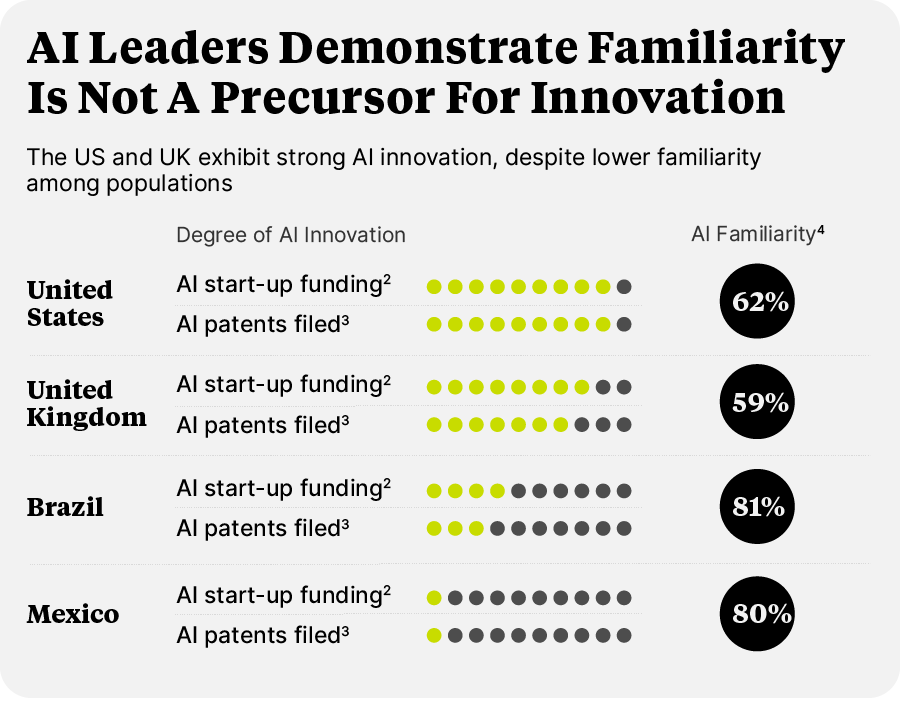Cities are responsible for an estimated 75% of global carbon emissions, and transport is one of their largest culprits. But cities can take practical steps to decarbonize their mobility systems and put the world back on track for limiting global warming to 1.5 degrees Celsius by 2050, the Paris Agreement goal, according to new research from the Oliver Wyman Forum.
Our research offers tailored plans for major cities. Some, like Dubai and Shanghai, should particularly consider electrifying vehicle fleets and decarbonizing their energy grids. Others, like New York and San Francisco, would benefit from doubling down on personal car alternatives like ride-hailing and micromobility.
Yet there are common threads running through them, including taking steps to decrease personal car use, electrify fleets, and incentivize public transit use. The private sector can lead this change with support and investment in urban mobility. And there’s no time to lose; the United Nations estimates the world needs to reduce global emissions by 43% by 2030 to stay on track to meet the Paris goal. Here are three key principles cities can adopt right now.
The more diversification, the better
Many cities already offer a variety of alternatives to car use, like mass transit networks and active and shared mobility options. Some cities, like Los Angeles or London, rely on cars for at least 50% of trips despite offering public transit alternatives. Authorities must provide more options — and enlist the help of the private sector.
New York, for example, plans to introduce congestion pricing to discourage drivers from entering Manhattan’s most heavily trafficked commercial districts. That creates an opening for shared mobility firms to offer bike-sharing or ride-hailing services in those areas. Our research suggests New York should continue investing in cycling and pedestrian infrastructure to encourage more active mobility. And promoting so-called 15-minute city designs that bring work, shopping, and schools within easy reach by foot or bike can bring New York to its Paris Agreement goal.
Shared mobility services present a big opportunity for business. Services like bike and e-scooter sharing, cars-as-a-service, and ride-hailing will grow twice as fast this decade as the overall transportation sector, according to Oliver Wyman Forum research, with the ride-hailing market in North America, Europe, and Asia set to be worth $347 billion by 2030.
Shared mobility providers also can act as a catalyst for more rapid electrification. Leading players partner with automakers to give drivers easier access to electric vehicles (EVs) while their relationships with charging providers give drivers more options for public and home charging.
Electrify everything, but only with a green grid
Electrification will go only so far unless the underlying grid runs on renewable energy sources. Powering EVs with carbon-intensive energy is like taking two steps forward and one step back.
Consider Berlin. The city has strong public transit and cycling infrastructure and the lowest car-per-person ratio in Germany. And while the German government last year approved a $6 billion plan to expand charging stations for electric vehicles, the capital won’t meet its climate goals as long as it powers its energy grid with coal and gas, according to our research.
Berlin needs to halve its emissions from 2022 levels to meet its Paris Agreement. With a sustainable grid, Berlin could more feasibly do it by promoting more electrified mobility, such as expanding its low-emission zone outward from the city center and accelerating plans for a fully electric bus fleet by 2030.
Energy providers should take note of the record funding for startups offering solutions to increase energy efficiency and decrease electric bills across Europe — and especially in Germany. Startups in the German energy market received $800 million in venture capital last year, second only to Sweden in Europe.
Mass transit goes hand in hand with economic prosperity
Mass transit is not only the most sustainable way to transport large groups of people; it can be a driver of urban prosperity if it’s affordable and efficient.
Every $1 billion invested in public transport generates economic returns five times as great and creates 50,000 jobs, according to C40, a coalition of 96 cities that advocate for climate action. The private sector should develop these networks with cities to share in those gains, as transportation networks give employers access to a bigger and more diverse labor pool.
The need and potential for establishing strong mass transit networks is especially great for cities in developing economies. In Lagos, historically low government investment in infrastructure left the city with weak public transport networks that can’t serve its vast urban sprawl. Although a new, electrified eight-mile metro began service in September, more efforts are needed. With rapid growth in travel demand and few eco-friendly options to support it, our research forecasts a 50% rise in the city’s carbon emissions by 2030.
Electrifying buses will make Lagos’ most popular mode more sustainable; and a mostly electrified fleet could limit that emissions rise to 40%. The city’s Metropolitan Area Transport Authority is receiving electric buses from energy company Oando Clean Energy to replace conventional buses. Yet further investment will be needed to reap the full benefits. Nigeria’s megacity has a carbon-intensive grid, and the Nigerian government estimates that $10 billion in international investment is needed to support a transition to cleaner energy.
As Lagos demonstrates, there are no simple solutions for ensuring a 1.5 degree Celsius future. Government and business leaders need to embrace a variety of strategies, and act with urgency, if they want to win the race to meet the Paris climate goal.
Every month, we highlight a key piece of data drawn from more than two years' worth of consumer research.


